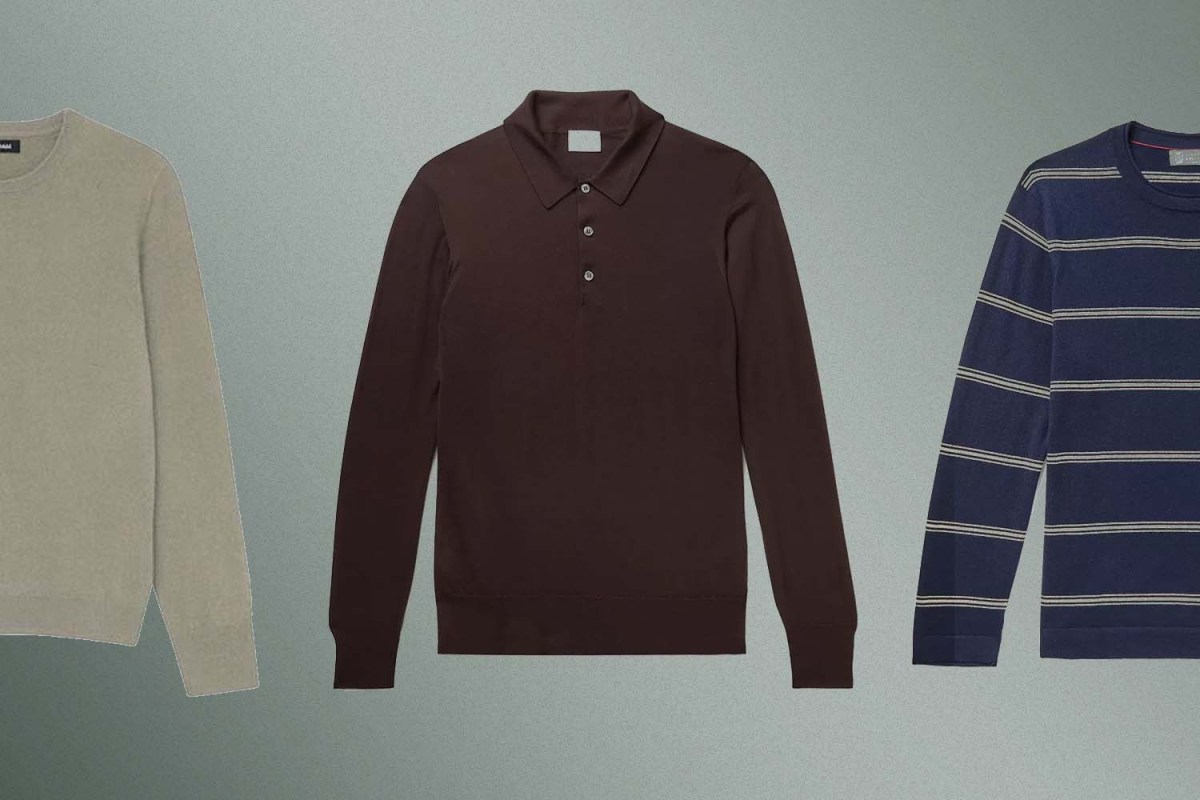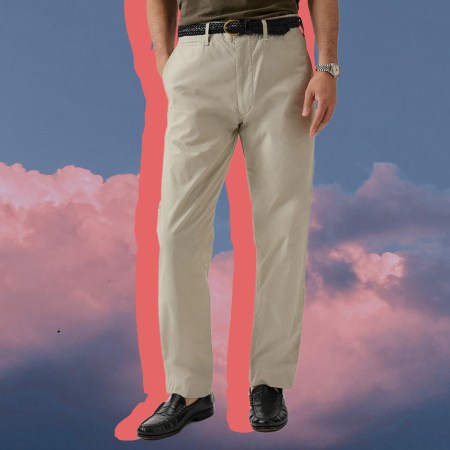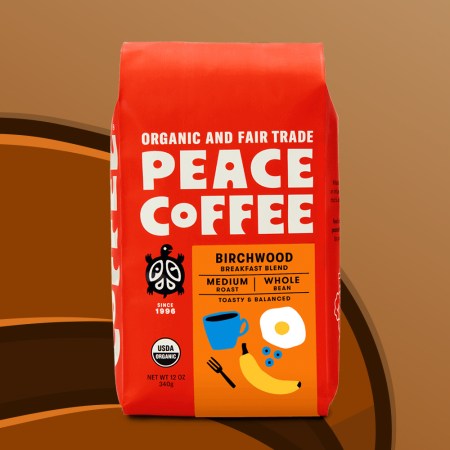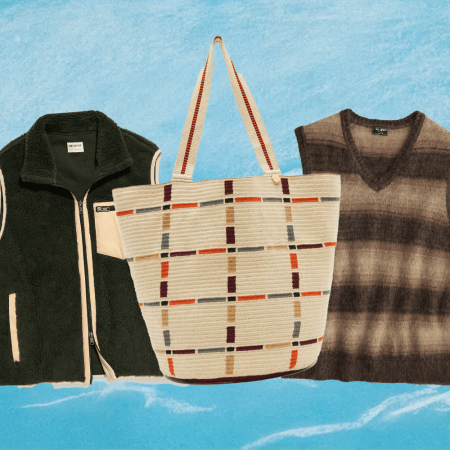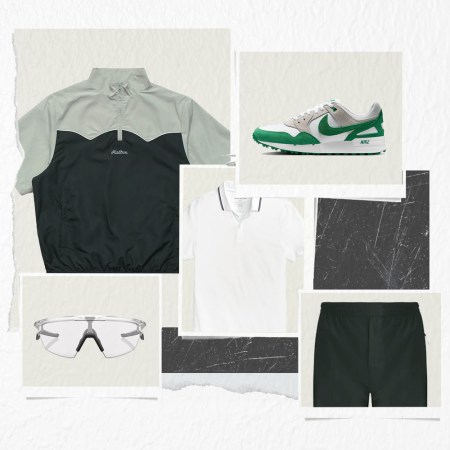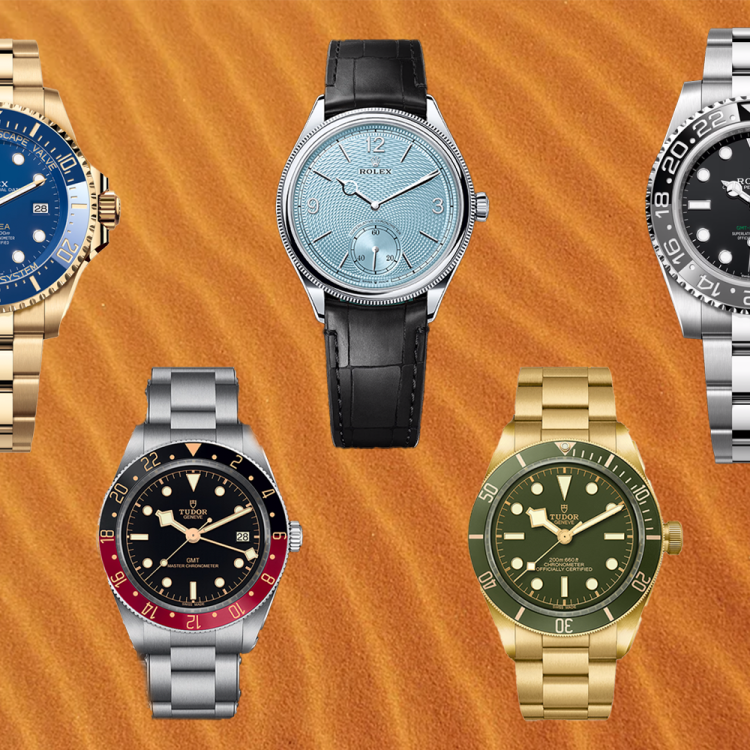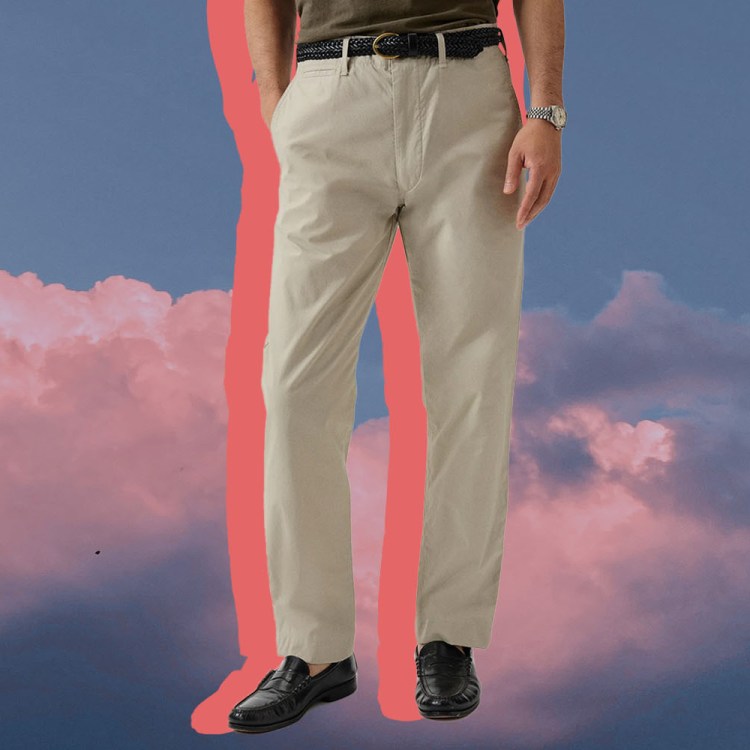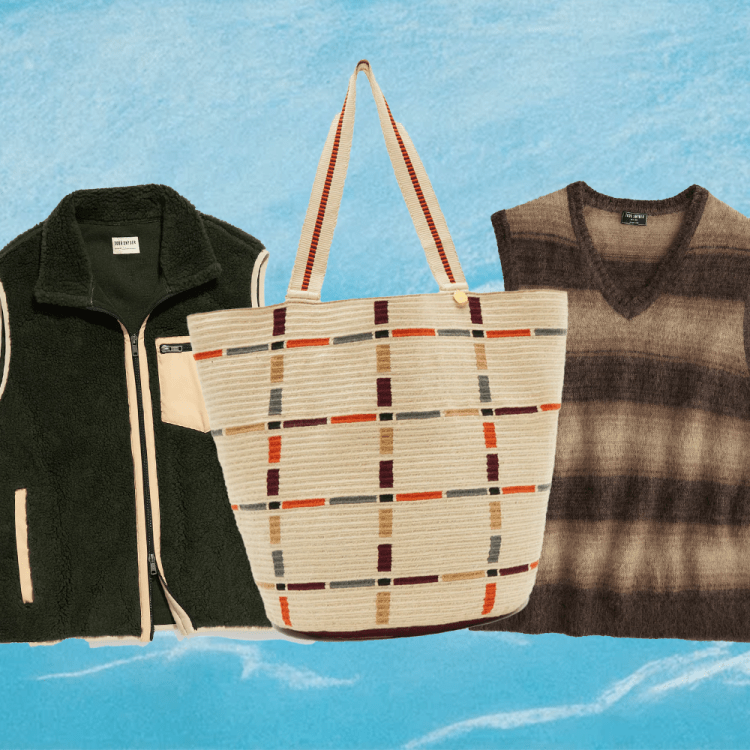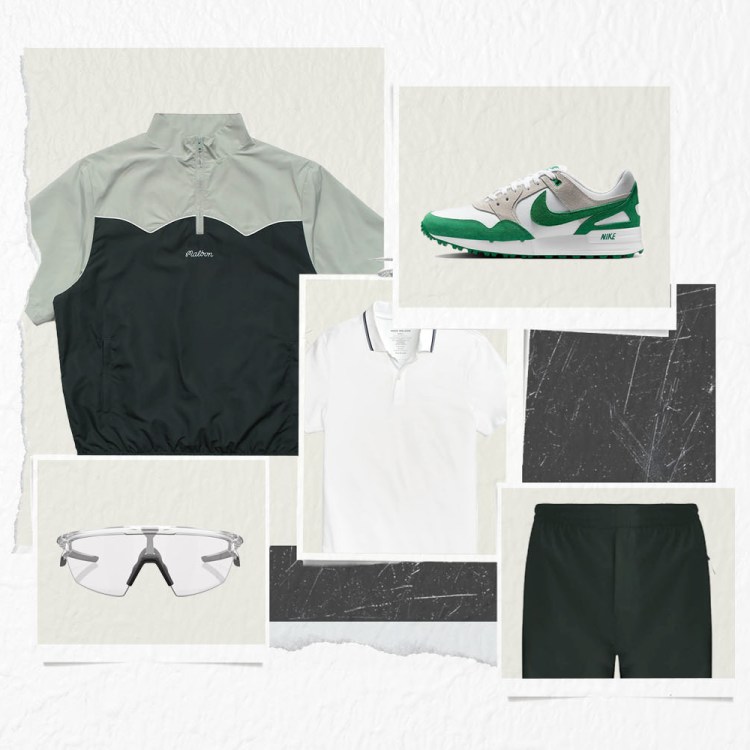Nota bene: If you buy through the links in this article, we may earn a small share of the profits.
Cashmere has long been synonymous with luxury, continuously sought after with the arrival of each winter for its supreme softness and warmth. To wear cashmere is to treat oneself, to find a sliver of pleasure and solace amongst the bleak winter landscape. But recently the cashmere market has proved increasingly difficult to navigate, with a 100% cashmere sweater going for as little as $50 or as high as $2,000, depending on the retailer. Surely these sweaters can’t be the same?
As it turns out, cashmere is a lot more complicated than it purports to be, available in varying degrees of quality and prices, which makes shopping for the product not as simple as choosing anything that markets itself as “100% Cashmere.” So we’ve compiled this guide detailing all the “different” types of cashmere, why some are more expensive than others and methods for how to make sure you’re getting the best quality cashmere possible. Because shopping for cashmere shouldn’t be stressful — after all, it’s meant to be a luxury.
What Is Cashmere and How Is it Made
While technically a form of wool, cashmere does not come from sheep, but rather the Cashmere and Pashmina goats, breeds found largely in Central Asia. Because the goats experience such extreme temperatures, as a means of survival they’ve developed a cashmere undercoat (found under a more wiry overcoat) made of fine, long fibers to help keep them warm.
During the molting season (typically in the spring and summer) the goats will begin to naturally shed their coats, allowing the wool to be more easily collected. Workers will comb the hair of the goats then proceed to sort it by hand, an arduous process but one that yields better cashmere as it tends to produce less coarse hair. The goats can be shorn but that often means more of the rough overcoat mixed in with the softer fibers, and thus requires more dehairing. When the rough and soft hairs are at last separated, the latter is then spun into yarn, which is then dyed, made into fabric, etc.
Cashmere Grades
Not all cashmere is made equal, as evidenced by the “grades” that are applied to delineate the higher quality cashmere from that of lesser quality. When it comes to determining which cashmere is best, the rule of thumb goes as follows: the longer and thinner the hair, the better.
Measured in microns, cashmere fineness starts at 14 microns and goes up to 19 microns, with Grade A proving to be as little as 14 microns thick and Grade C measuring around 30 microns width per cashmere hair. For reference, the average human hair is somewhere around 70 microns.
Grade A
The best, and typically most expensive, cashmere you can get, with microns somewhere between 14 to 15.5 and up to 36mm in length.
Grade B
Not too soft, not too rough, Grade B is a happy medium with 16 to 19 microns. Prices vary for this grade, but usually fall somewhere in the mid-range.
Grade C
The lowest quality cashmere, Grade C has around 30 microns width per cashmere hair. Naturally, this cashmere will be less expensive than A or B, but considerably less soft and durable.
Determining the Quality of Cashmere
Some brands take the liberty to display the grade of their cashmere, but not all are so readily transparent. If you encounter an item made from cashmere but are unsure of its grade, the quickest way to determine the quality of the product is by touching, stretching and checking for fibers.
Touch: Cashmere should be soft to the touch, but be wary of anything too soft — this could mean it was purposefully over-washed in order to give it this softness, indicating heavy treatment and a product less likely to last.
Stretch: Gently stretch the cashmere to determine whether it retains its shape. If it does, then that means you’re dealing with high quality cashmere. While stretching, look closely to examine the threads, as a tighter knit will be indicative of a sturdier product, whereas one that’s more see-through spells a higher potential for tears and holes.
Pilling: Take your hand and rub it over the cashmere. If pilling starts to form immediately, or the fibers start to shed, then it likely means the cashmere contains shorter fibers. Remember — the longer the fiber, the better the cashmere.
Where the Cashmere Was Manufactured
Quality plays a large role in determining price, but it’s not the only factor, with where and how the cashmere was manufactured influencing the final cost. Take Everlane as an example: the brand currently offers their Grade-A Cashmere Crew (and V-Neck) for $130, using cashmere sourced from Inner Mongolia. The fibers from the cashmere measure 35mm in length and 15 microns width per cashmere hair, meaning it’s high quality. The sweater’s price isn’t as exboritant as one might expect from Grade A cashmere, largely because of where the cashmere is manufactured — made in a factory in Dongguan, China (which you can see here) the cost of labor is cheaper and thus reflected in the final price.
Compare this to a more storied brand like Loro Piana, who similarly sources their cashmere from Inner Mongolia, yet a cashmere crewneck from them runs upwards of $900. The Italian brand’s production is restricted to Italy, so in this instance you’re in part paying for the “Made In Italy” tag and the expertise of these long-standing factories, with their factory in Quarona, Italy having been in operation for more than 100 years.
Below, a sampling of some of our favorite pieces, at a wide range of price points.

Uniqlo Cashmere Crewneck Long-Sleeve Sweater
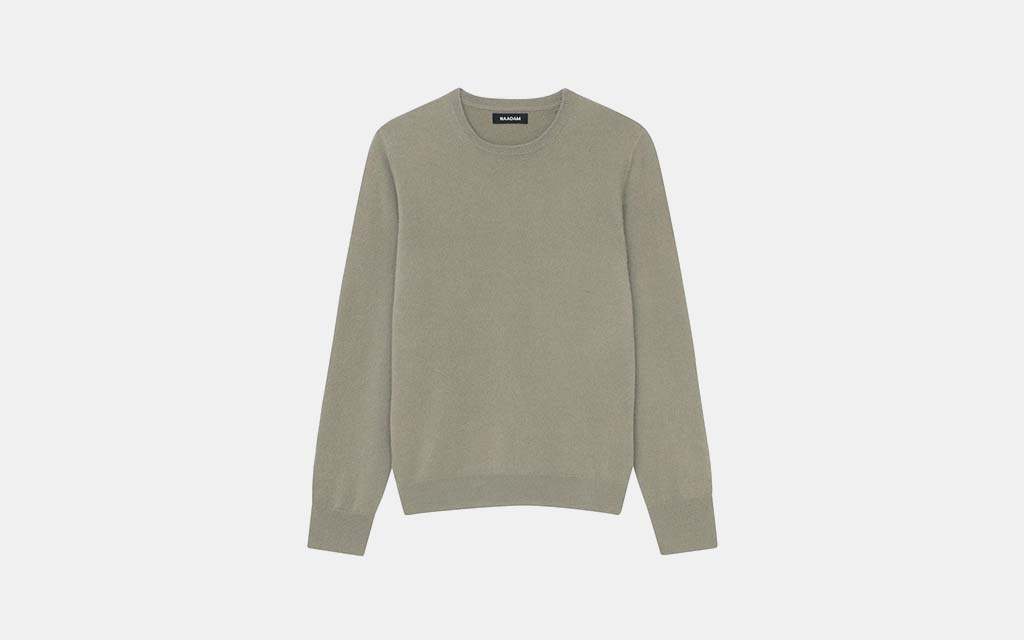
Naadam The Essential $75 Cashmere Sweater
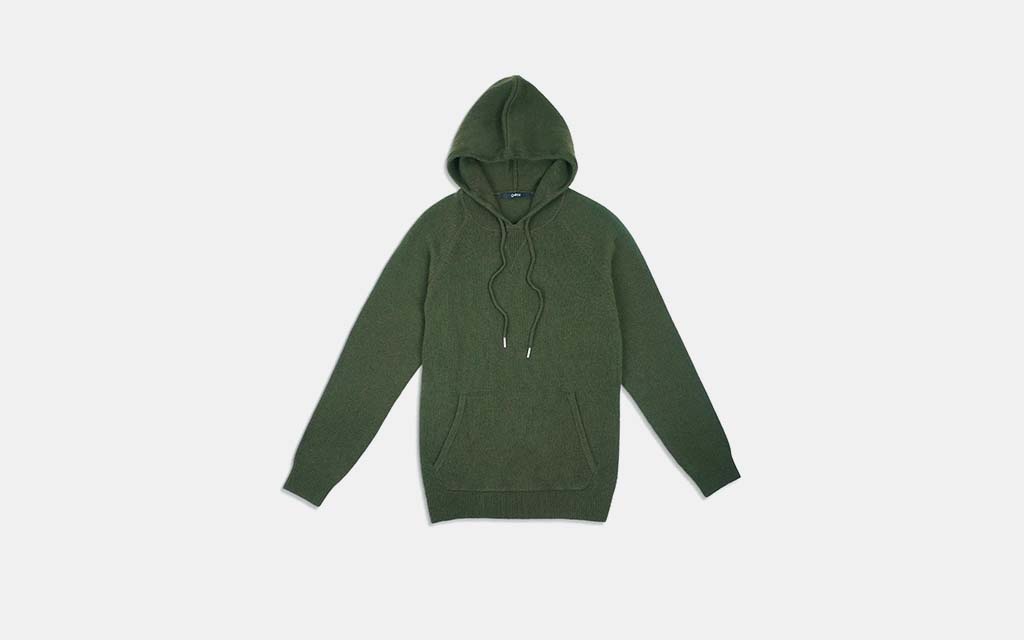
Quince Mongolian Cashmere Pullover Hoodie
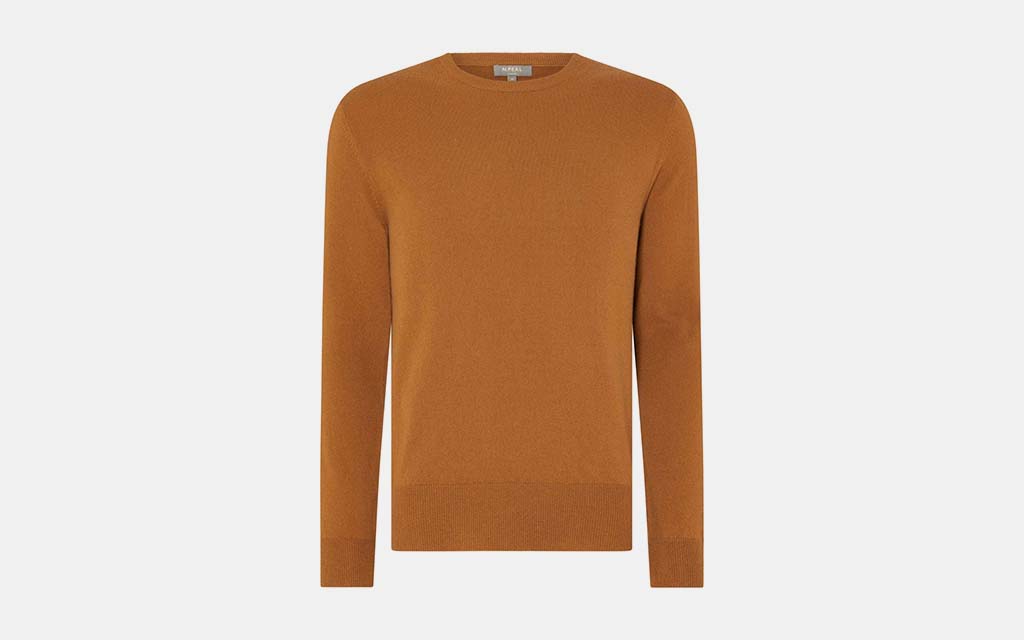
N. Peal The Oxford Round Neck Cashmere Sweater
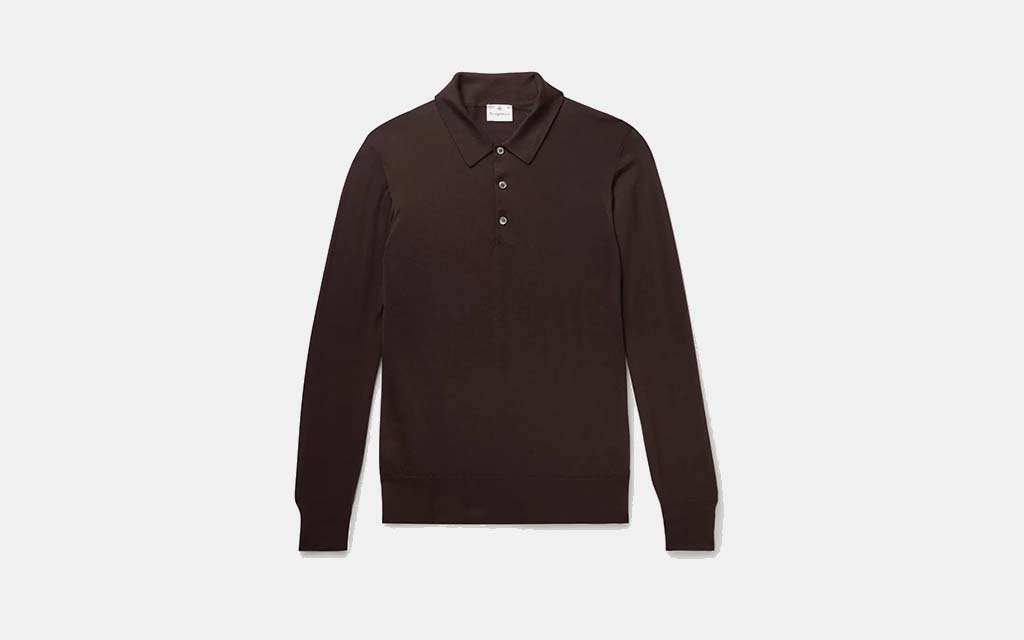
Kingsman Cashmere Polo Shirt
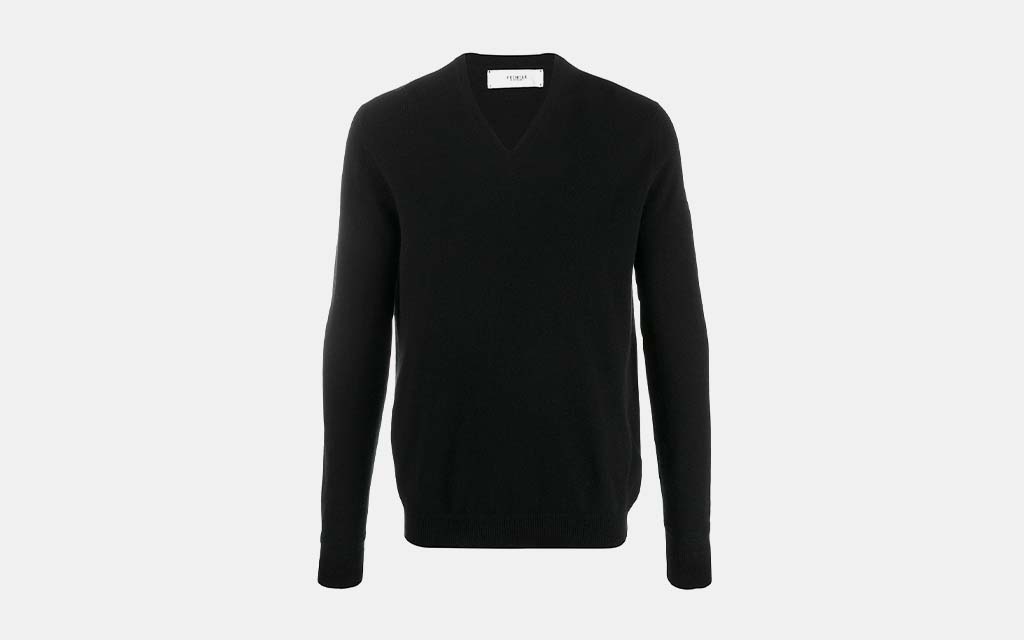
Pringle of Scotland Cashmere Long-Sleeve Jumper
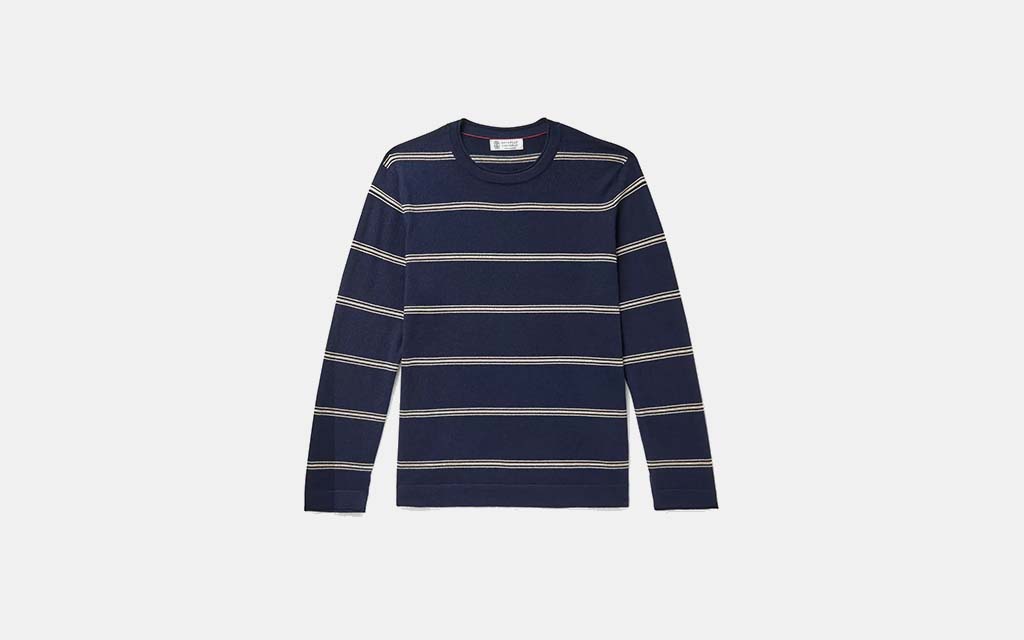
Brunello Cucinelli Striped Cashmere Sweater
We've put in the work researching, reviewing and rounding up all the shirts, jackets, shoes and accessories you'll need this season, whether it's for yourself or for gifting purposes. Sign up here for weekly style inspo direct to your inbox.
